The Greatest Sniper Stories Ever Told
Edited by Tom McCarthy


An imprint of Rowman & Littlefield
Distributed by NATIONAL BOOK NETWORK
Copyright 2016 by Thomas P. McCarthy
All rights reserved. No part of this book may be reproduced in any form or by any electronic or mechanical means, including information storage and retrieval systems, without written permission from the publisher, except by a reviewer who may quote passages in a review.
British Library Cataloguing in Publication Information Available
Library of Congress Cataloging-in-Publication Data
Names: McCarthy, Tom, 1952 author.
Title: The greatest sniper stories ever told / edited by Tom McCarthy.
Description: Guilford, Connecticut : Lyons Press, [2016]
Identifiers: LCCN 2016006142 | ISBN 9781493018581 (pbk.)
Subjects: LCSH: Sniping (Military science)History. | SnipersHistory. | SnipersBiography.
Classification: LCC UD330 .M39 2016 | DDC 356/.162dc23 LC record available at http://lccn.loc.gov/2016006142
 The paper used in this publication meets the minimum requirements of American National Standard for Information SciencesPermanence of Paper for Printed Library Materials, ANSI/NISO Z39.48-1992.
The paper used in this publication meets the minimum requirements of American National Standard for Information SciencesPermanence of Paper for Printed Library Materials, ANSI/NISO Z39.48-1992.
Contents
Introduction
On the face of it, being a sniper seems like a fairly blas occupation. Superficially, it actually seems safe. Hide and shoot. No strain, no personal sacrifice. It couldnt be easier, right?
Wrong.
This collection of stories should quickly correct that misapprehension. Snipers are among the most highly trained soldiers in any army. The process of becoming a sniper is difficult, and many if not most who trysoldiers who think their superior shooting and cool demeanors are enough to make the gradedont come close to making it.
Here is how one graduate of the rigorous Navy SEAL sniper course describes the training:
The SEAL sniper course is three months of twelve-plus-hour days, seven days a week. Ironically, it is not all that demanding physically. Nevertheless, it is extremely challenging mentally.
It is not shooting ability or physical strength, he writes, but intellectual capacity that matters most.
But remember that the physical challenges are nothing to scoff at. A sniper must be capable of sitting, frozen for hours, in the most uncomfortable positions. Heat, insects, snakes, and the call of nature must be ignored for the sake of the perfect kill shot. A sniper must be capable of stealth, to be able to move so slowly, so invisibly that an unsuspecting target is oblivious to the almost certain death that awaits.
Mentally, a sniper must possess laser-like and unimpeachable concentration. He must have a focus so intense that nothing can shift its lethal potential. A sniper must make acrobatic calculations in the microseconds it takes to line up and squeeze off a shot. He must make instantaneous adjustments when the wind shifts or the target moves.
And a sniper must realize that if he is spotted he is dead, as sure as the sun will set every night. Targets sought out by snipers and their comrades hate snipers.
Snipers have short lives and make extraordinary sacrifices. And they do so in silence and anonymity. And for the most part, they are not exactly exalted.
Being a sniper is not for everyone.
As one now-retired Marine sniper once remarked, Everybody hates snipers until they go into combat.
American sniper Chris Kyle, whose account of his time in Iraq appears in chapter one, put it succinctly in an interview. Talking about the stuff that makes a good sniper, he said, Its not just being a monkey on a gunanyone can pull a trigger.... its observing the area. Knowing the culture. Knowing exactly whats going on. Being able to pick out an oddity.
This collection will make crystal clear the extraordinary skills needed to be not only a steely-eyed shot, but also a total sniperan invisible, robotic killing machine whose sacrifices have saved countless times the lives of their comrades.
Not much about what is required to be a sniper has changed over the years, as you will read about in stories from the Civil War through Afghanistanfrom the Vermont sharpshooters chosen for their marksmanship to wreak havoc on the lives of Southern rebels to the trenches of World War I to Marines in Vietnam.
The men who comprised the Vermont sharpshooters, for example, were chosen only after many others were rejected because they did not meet exacting standards. Thats how all snipers are chosen, and why they are truly elite. Here is what an officer in charge of selecting the sharpshooting regiment from Vermont wrote about the process:
To insure this it was ordered that no recruit be enlisted who could not, in a public trial, make a string of ten shots at a distance of two hundred yards, the aggregate measurement of which should not exceed fifty inches. In other words, it was required that the recruit should, in effect, be able to place ten bullets in succession within a ten-inch ring at a distance of two hundred yards.
Here is just one snapshot of the rigors and the extraordinary shooting skills of these sharpshooters. At an exhibition in front of President Abraham Lincoln, one colonel in the Vermont regiment fired three shots at different portions of the six hundred yard target; when having satisfied himself that he had the proper range, and that both himself and rifle could be depended upon, announced that at the next shot he would strike the right eye of the gaily colored target. Taking a long and careful aim, he fired, hitting the exact spot.
As these gallant sharpshooters would learn, and as many snipers in other wars from other generations would learn, being a good and stealthy shot does not necessarily mean victory. As you will read, the Vermonters paid a heavy price.
Nearly sixty years after the Civil War, the mystique of the sniper was still admired, even by adversaries. Snipers played a horrific role in the trenches during World War I. With British and German forces massed sometimes only hundreds of yards from each other, a quick shot from a skilled sniper could and did destroy lives and morale. In the early years of this trench warfare, the Germans held the upper hand.
As one British observer noted, lamenting the superior Germans: The hunter spends his life in trying to outwit some difficult quarry, and the step between war and hunting is but a very small one. It is inconceivable that a skilled hunter in a position of command should ever allow his men to suffer as our men sometimes did in France. It was all so simple and so obvious.
Major H. Hesketh-Prichard, author of Sniping in France , was an analytical and talented man who was concerned about the heavy loss of life among British troops in the trenches. His thoughtful study of trench sniping not only improved British marksmanship, but, many believed, saved the lives of over 3,500 Allied soldiers.
He wrote:
The officers believed that when warfare became more open, he [the sniper] would be useless. This proved perhaps one of the most short-sighted views of the whole war, for when it became our turn to attack, the snipers duties only broadened out. Should a battalion take a trench, it was the duty of snipers to lie out in front and keep down the German heads during the consolidation of their newly-won position by our men, and were we held up by a machine-gun in advance, it was often the duty of a couple of snipers to crawl forward and, if possible, deal with the obstruction.
Next page
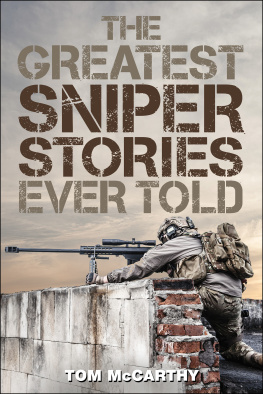
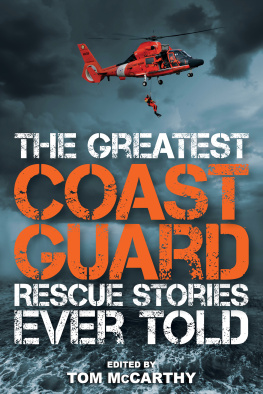
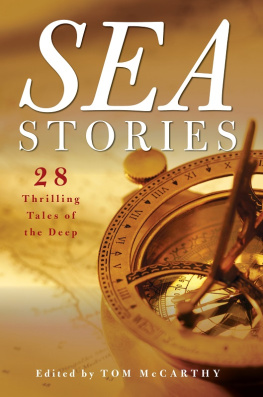
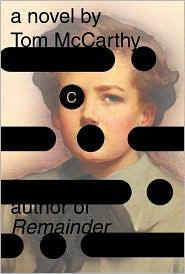



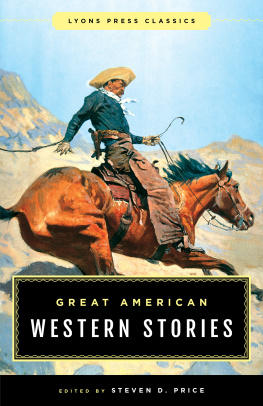
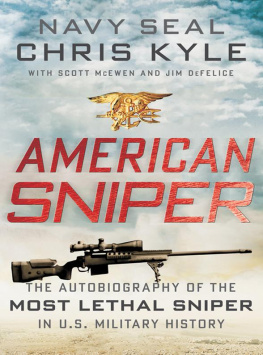


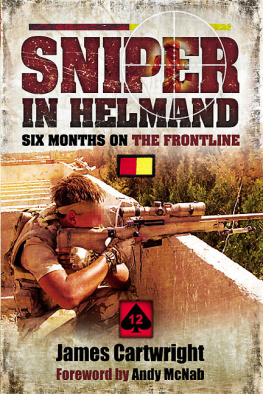
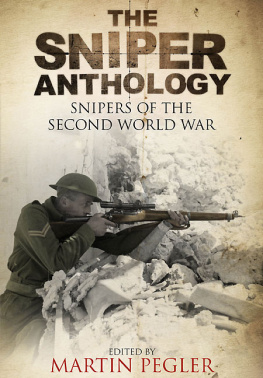



 The paper used in this publication meets the minimum requirements of American National Standard for Information SciencesPermanence of Paper for Printed Library Materials, ANSI/NISO Z39.48-1992.
The paper used in this publication meets the minimum requirements of American National Standard for Information SciencesPermanence of Paper for Printed Library Materials, ANSI/NISO Z39.48-1992.